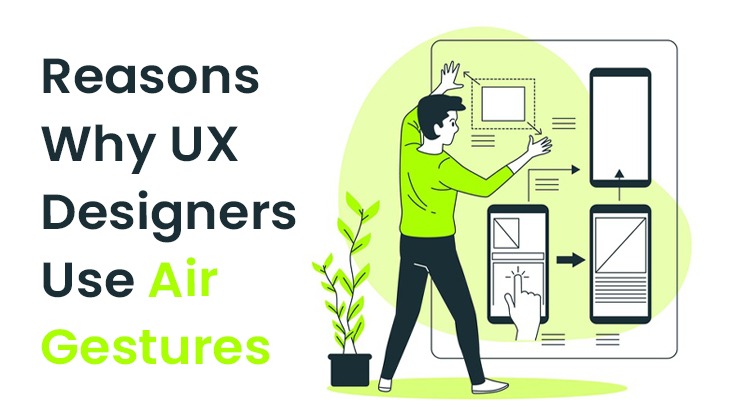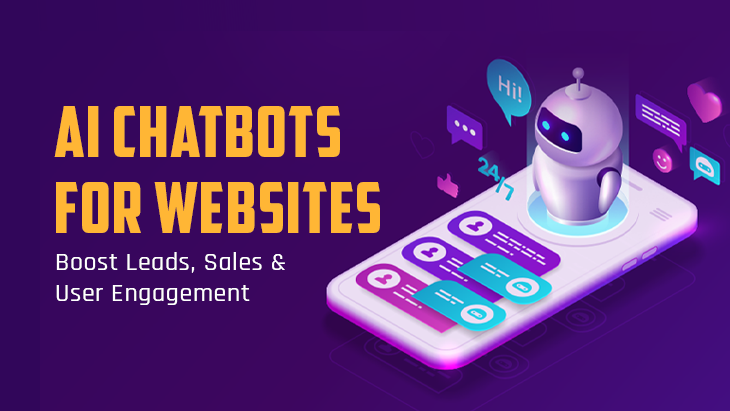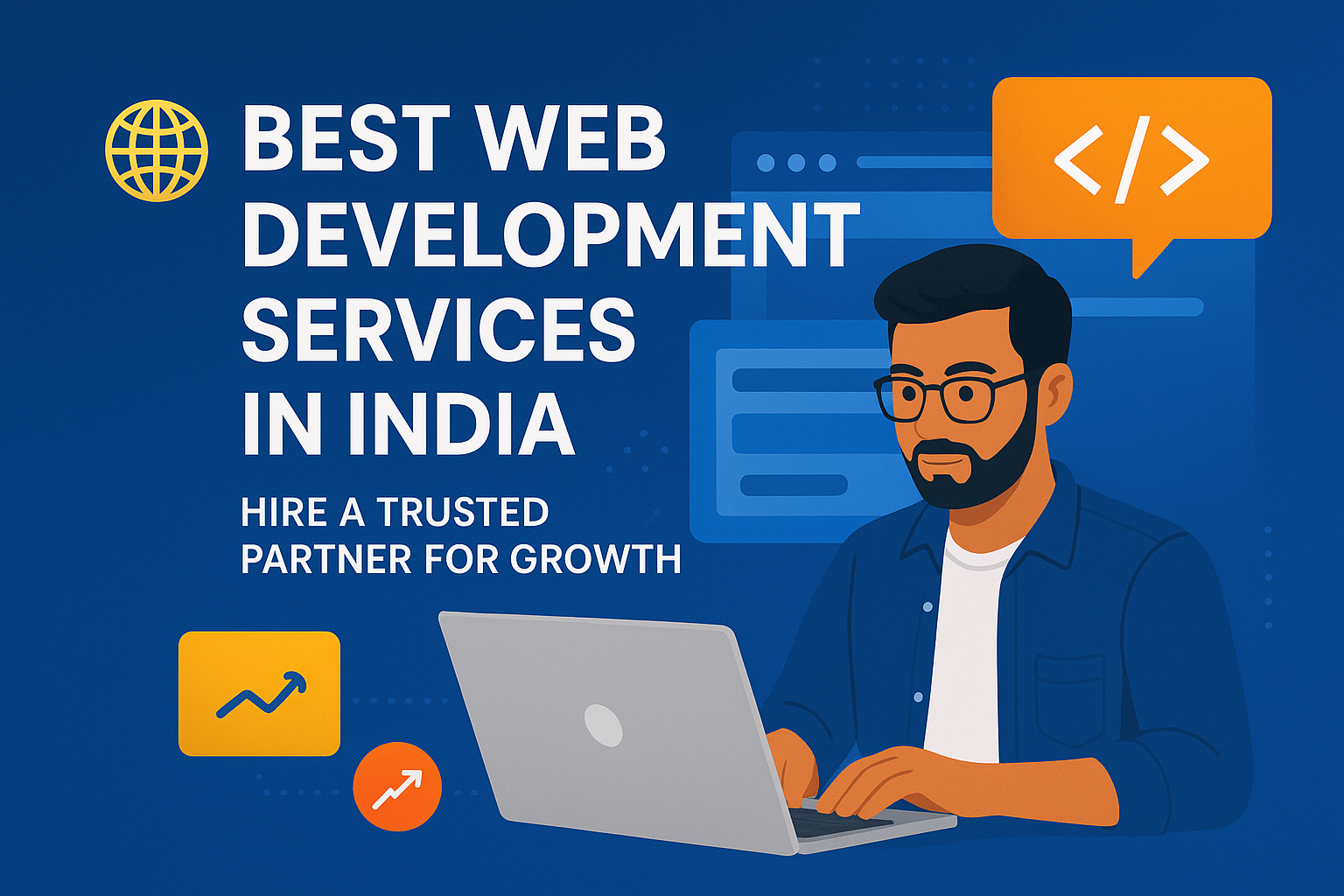So far, attention has been paid to user interface and user interaction that requires size, keyboard, and touch as input. Our tools have been developed to help you create the best possible experience for these deployments, while we make adjustments for specific instructions of different operating systems and web standards.
But new entrances such as voice and social interaction add a new dimension that also requires a new way of thinking about someone else’s knowledge. Soon, we will no longer be referring to websites that accept it as a “hands-on” website that takes on different screen sizes. We will need to create a truly multimodal experience, combining different inputs. We should add “gesture-friendly” mode to our speech.
1. We need a better tool to go through a lot of information
Think of data visualizations, dashboard and customer lists, maps with clusters, and great information. How do we navigate this ever-growing data area?
We use our mouse, as always, to press the navigation key and the available keys to move the view. We use gestures to swipe through the front of our device and see a lot of things. Or, we typed in a few search terms and hoped to get back the good information we could scroll through.
But what if our familiarity with faces is restricted? Are there better ways to work with big data?
The future of big data relationships has many of what we have now, and more. Take a swipe to get a summary of all the information, then point to a field to see more details. And after that, touch the screen to select an item. Move smoothly by moving the touch, in the opposite direction.
The increasing amount of data is not the only behavior that will bring something new to a user’s relationship. Working in a developing world and collaborating with large organizations, we have seen another change.
2. Employees interact differently when they share a screen
The process of a single user in front of a working computer is changing. The working space of collaboration is changing from a higher purpose to a team, increasing the need for better communication and device sharing. More and more we see the need for people in the community to be able to interact effectively with the same issues that one of the halls were discussing at the time.
It is no longer just a slide show as a group. It is about being able to control content and timing, photography, shaping ideas, and piggyback and other ideas.
On the technology side, we have found that screens increase in size and resolution. Electronic manufacturers are starting to figure out what to use for TVs across rooms: how people can use them in public places, shops, and workplaces.
But there is one big problem. Even the best-designed line-up is still a single-function deployment tool, unsuitable for multi-tasking integration. Who controls the screen? How many users control one screen from one person to another? How can this be done effortlessly, without focusing on open content or conversations?
This practice has an immediate impact on our planning process. Creating for the experience of many employees is different than creating for the user experience.
3. Screens can really get in the way when we need to interact with objects
Ideally, you should be able to describe things around your home and tell them what to do — turn off the lights, turn on your lights, turn off the TV. This is a new internet version of things, where most of the time no screen is involved. It is hard to imagine this being a commercial product without the kind of collection of gestures and vocal entries. After all, we don't always want to be surrounded by machines that will help us do things easily - we would like things to respond immediately.
The car mechanic wakes up to use the movement in the car. The 2016 BMW 7 show is the first of its kind with a hand-held display, and soon, we’ll be discovering some new features in this space. As long as we hold one hand on the steering wheel in the car, we can use the other simple operation to change the volume or answer an incoming call.
Turning or pointing at the air requires the driver not to chat more than to tap two buttons on the dashboard. If the movement is a quick shortcut to use again and again, you must have seen safety and improvement benefits.
4. We need a new way to interact between our fantasy worlds
Microsoft Kinect, the best product that has made social interactions in-house, has not been very successful because it does not meet the expectations of players. The audience, who are familiar with the complex interactive experience, aided by the game play, found the animation game relatively easy.
VR offers a wide range of entertainment, education, and visual experiences that become key.
Consider that last year, Facebook’s Oculus Rift had acquired Pebbles, a company that showcases. This technology will enable Oculus Rift users to interact with each other in the imaginary worlds.
Creating an experience of real reality involves a number of application processes. As employees, we maximize these experiences as facts created when we have positive feedback and help us navigate.
5. In some cases, the relationship with technology is limited
There are a lot of outdoor activities where buyers of UX designers can plan in the future. At times, we can even make the world a better place.
Consider everything that happens in the interior of the surgery before and during the surgery. The surgeon should extend the radiograph on the computer to see the details while wearing gloves in the environment. Touching a mouse, keyboard, or screen becomes a threat in this situation.






Post Comments